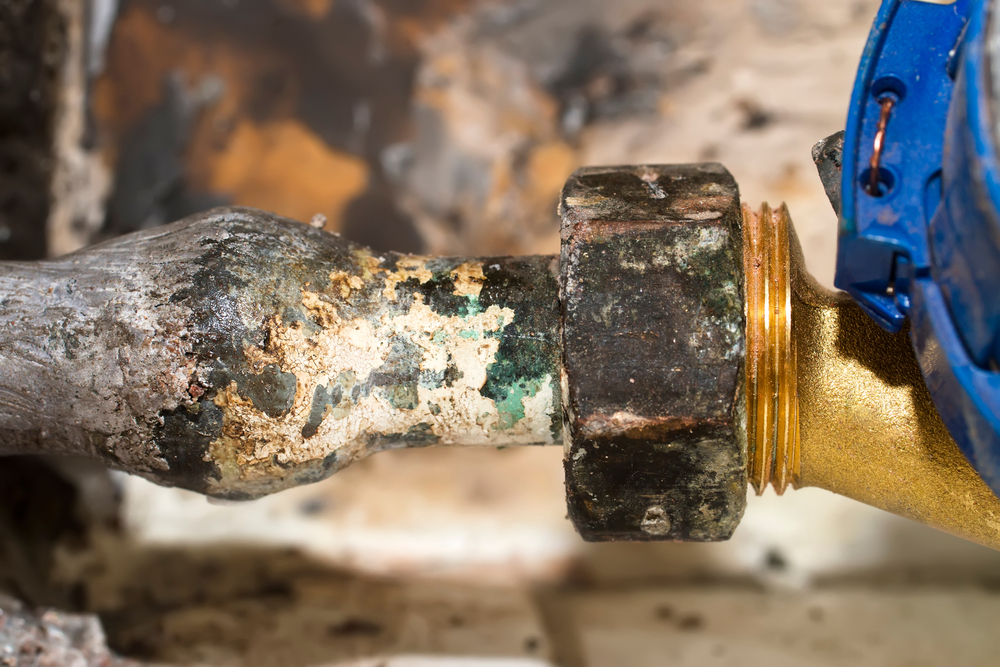Back to Basics is a weekly feature that highlights important but possibly overlooked information that any EHS professional should know. This week, we examine NIOSH’s new resource for information on how to protect workers from lead exposure while working with lead pipes.
The National Institute for Occupational Safety and Health (NIOSH) has a new resource for employers and workers that addresses the health hazards associated with lead pipe removal and replacement, the institute announced November 3.
The guidance, Workplace Solutions: Reducing Workers’ Lead Exposure during Water Service Line Removal and Replacement, covers the potential for lead exposure when workers replace lead service lines—the pipes that carry water to homes and businesses—and provides recommendations for reducing lead exposure.
Recommendations for employers to reduce lead exposure include the following:
- Developing a written lead monitoring and control program that can include a testing protocol, hazard control program, and job hazard assessment for tasks during which workers may be exposed to lead;
- Monitoring airborne lead exposures;
- Providing portable high-efficiency particulate air (HEPA)-filtered vacuums to clean work vehicles; and
- Improving housekeeping, testing, and training.
“Recent efforts to improve municipal water systems and protect public health by removing and replacing lead water service lines in the U.S. potentially exposes workers to lead-contaminated pipes and soil,” NIOSH Director John Howard, MD, said in a statement. “It’s important for employers and workers to be aware of the potential for lead exposure and take steps such as those outlined in NIOSH’s Workplace Solutions document to protect the safety and health of all workers involved in lead pipe replacement activities.”
Workers at risk for lead exposure include managers, line supervisors, and field workers such as those from plumbing companies, city utilities, or construction companies who work with water lines. Activities that can expose workers to lead include working in excavated pits, cutting or handling lead pipes, and digging with heavy equipment or a shovel.
NIOSH’s guidance is based on a 2019 health hazard evaluation among city water department employees who were replacing water service lines.
NIOSH releases strip mall fire resource
The institute also announced a resource is available to help fire departments prevent deaths and injuries while responding to strip mall fires. Firefighters face significant risk of injury or death when fighting fires in strip malls, according to NIOSH. Strip mall fires present challenges that may cause firefighters to become disoriented while conducting interior search and firefighting operations.
In NIOSH’s November eNews, it provided updates on research conducted or sponsored by the institute and announced the release of several new publications. Recent NIOSH research includes a review of sleep education and training for nurses and a study of methods of reducing nursing home staff turnover.
New NIOSH publications and reports include:
- A fatality assessment and control evaluation (FACE) report of an apple orchard worker who died when a tractor rolled over, work-related deaths and injuries from tractors in Michigan, and a Michigan farm fatalities fact sheet;
- Health Hazard Evaluation (HHE) of occupational exposures to illicit drugs, including methamphetamine, at a regional crime laboratory and state toxicology laboratory performing toxicological testing for law enforcement agencies; and
- Hazard alert for fatal drug overdoses in the workplace.
Howard also discussed mental health challenges healthcare workers face, including burnout and harassment.

